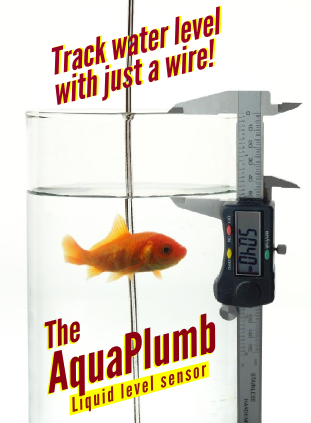RMS Calculator
It's surprising to many people to find that line voltage is not really 115 Volts peak but is really around 160Vpk. The 115V is an RMS voltage. RMS stands for Root Mean Square. RMS is a tool which allows us to use the DC power equations, namely: P=IV=I*I/R, with AC waveforms, and still have everything work out. It's calculated by taking one cycle of a periodic waveform and squaring it, and finding the square root of the area under the curve. RMS is calculated differently for each periodic waveform.
In the table, we use the units of Volts, however, the formulas work with any units.
| Waveform Type | Formula for RMS | Formula for Avg |
| Sine wave | Vrms= Vpk/sqrt(2) | Vavg= 0 |
| Full rectified wave | Vrms= Vpk/sqrt(2) | Vavg= 0.637Vpk |
| Half rectified wave | Vrms= Vpk/2 | Vavg= 0.318Vpk |
| Sine wave with DC offset | Vrms= *sqrt(Vdc2+Vpk2/2) | Vavg= Vdc |
| Half sine with duration T and frequency f | Vrms= Vpk*sqrt(f*T/2) | Vavg= 2f*T*Vpk/PI |
| Positive square wave with duration T and frequency f | Vrms= Vpk*sqrt(f*T) | Vavg= f*T*Vpk |
| Saw tooth wave with duration T and frequency f | Vrms= Vpk*sqrt(f*T/3) | Vavg= f*T*Vpk/2 |
| Trapezoidal wave with frequency f, top segment T, and base segment B. | Vrms= Vpk*sqrt(f*((B-T)+3*T)/3) | Vavg= f*Vpk*((T+B)/2) |
This calculator will compute the RMS and average for some of the most common periodic waveforms.

